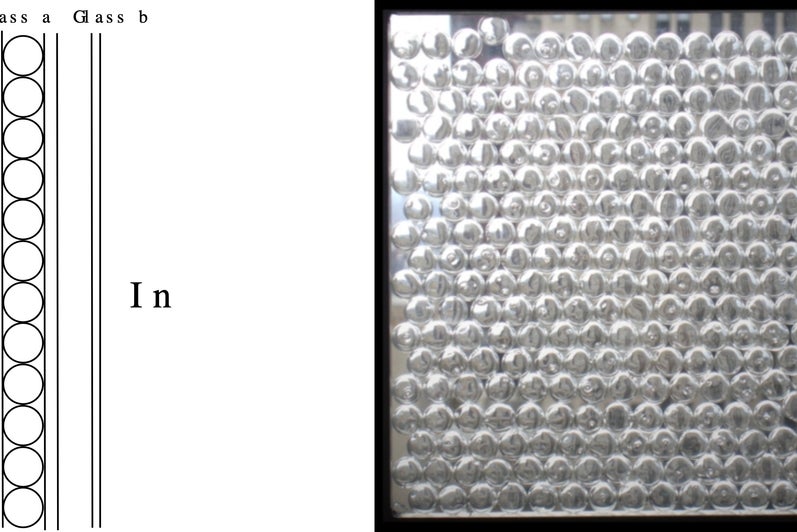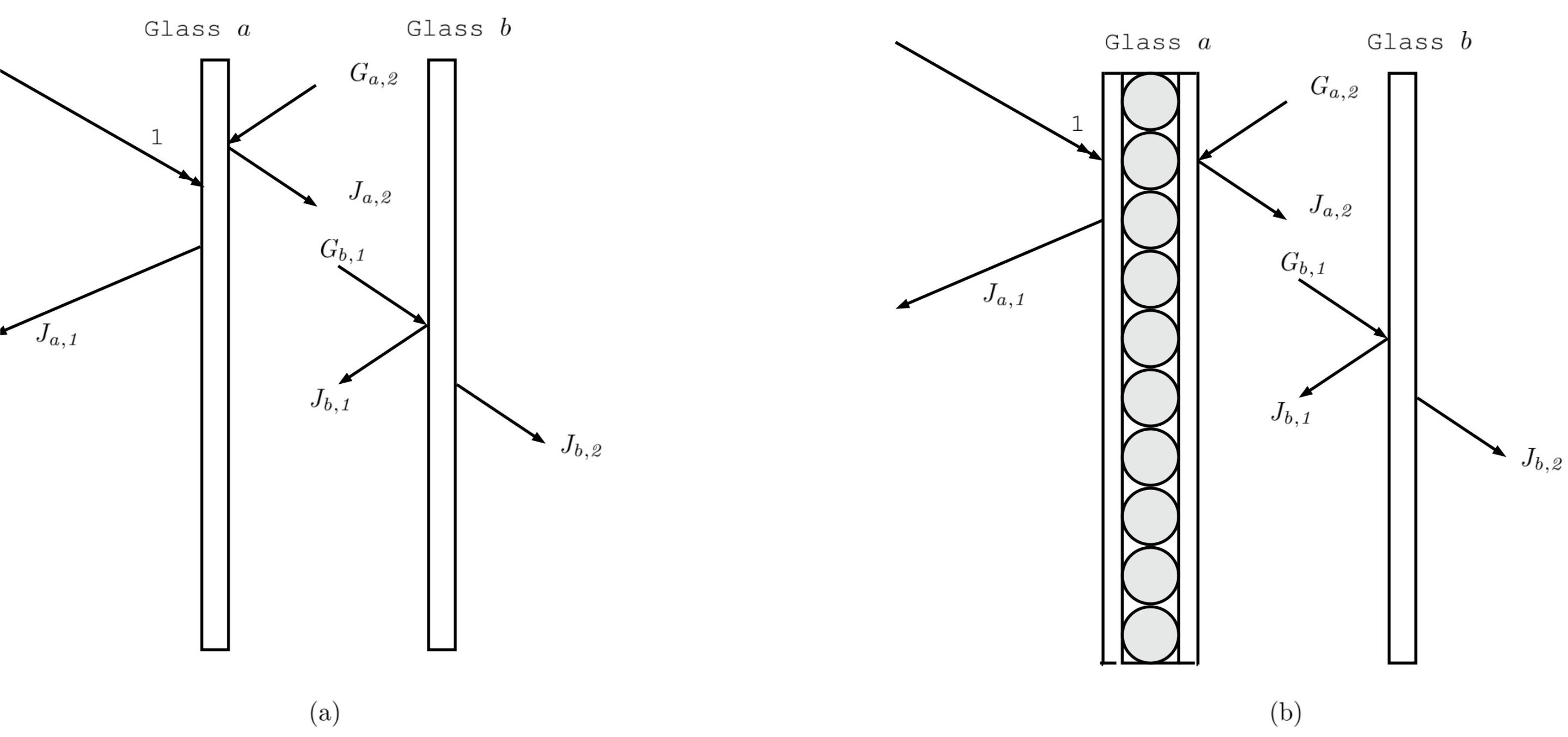To introduce a high-performance glazing unit capable of leveraging the thermal and solar characteristics in hot environments
Technology & Design
Adrian Smith + Gordon Gill
Description
This project introduces a mathematical model for analyzing heat transfer through a new insulating glass assembly that involves glass spheres. The work involves calculating the total rate of heat transfer across the assembly, followed by the calculation of energy generation as a function of transmittance, absorbance and reflectance. Lumped system model is used to demonstrate the achievability of the optimal range. Experimental studies are utilized to conclude comparison with contemporary double and triple glazed units. Overall, the new assembly is classified as one that accepts diffused daylight while rejecting direct sunlight, thus minimizing solar heat gain and reducing reflectance on adjacent environment.











